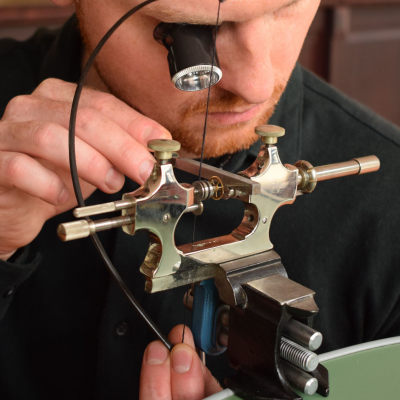Nationwide Inventory of Intangible Cultural Heritage
Bookbinding
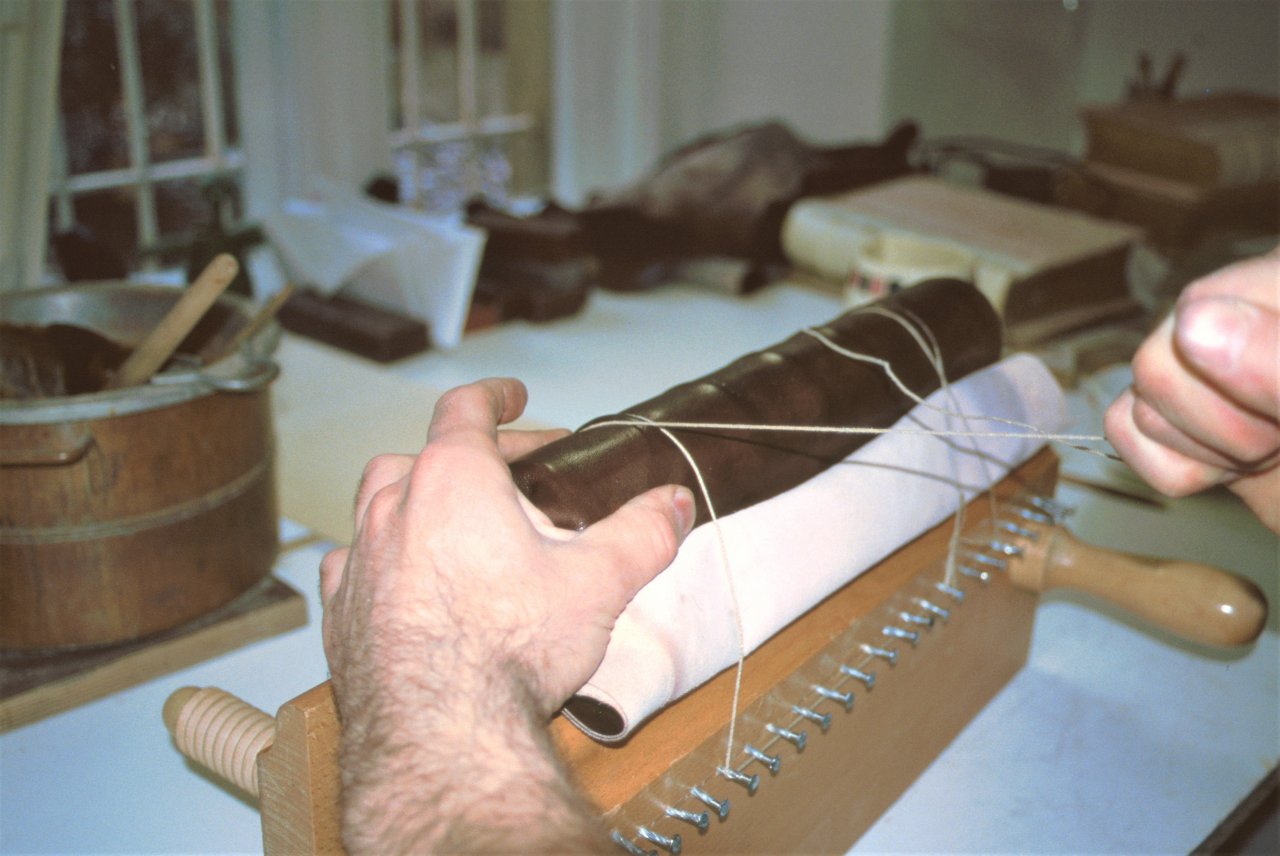
In bookbinding, a book block is made by binding paper, which can be finished with a gold or coloured edge. The craft contributes, in particular, to the preservation of old books and archival materials.

Facts & Figures
- Crucial date: Throughout the year
- Inscription: 2021
- Domain: Traditional craftsmanship
- Where to find: Nationwide
The development of writing and writing materials such as papyrus, parchment and paper resulted in the need for a binding to hold the new writing materials together. Bound books were easier to handle, and the cover protected the inside pages. The book was born. With the invention of movable type in the 15th century, books became more widespread. Until the Industrial Revolution in the 19th century, books were bound exclusively by hand. This changed when, as societies became more educated, demand continued to grow and book production gradually became largely industrialized.
Today, bookbinders are producing brochures with cardboard covers, hardcovers, backstitch brochures, wire comb bindings, photo albums, boxes and slip cases. Usually the printed or written paper is bound through different joining processes. The resulting body of the book is now getting protected by different techniques. The brochure’s cardboard cover is fixed at its back. Two cardboard lids and a back are combined with the body of the book to create a hardcover. The body of the book is refined through gilt or colour edges. Digital printing allows for a variety of designs. Bookbinders also refine the covers through hot foil embossing, coating paper, perforations or reliefs.
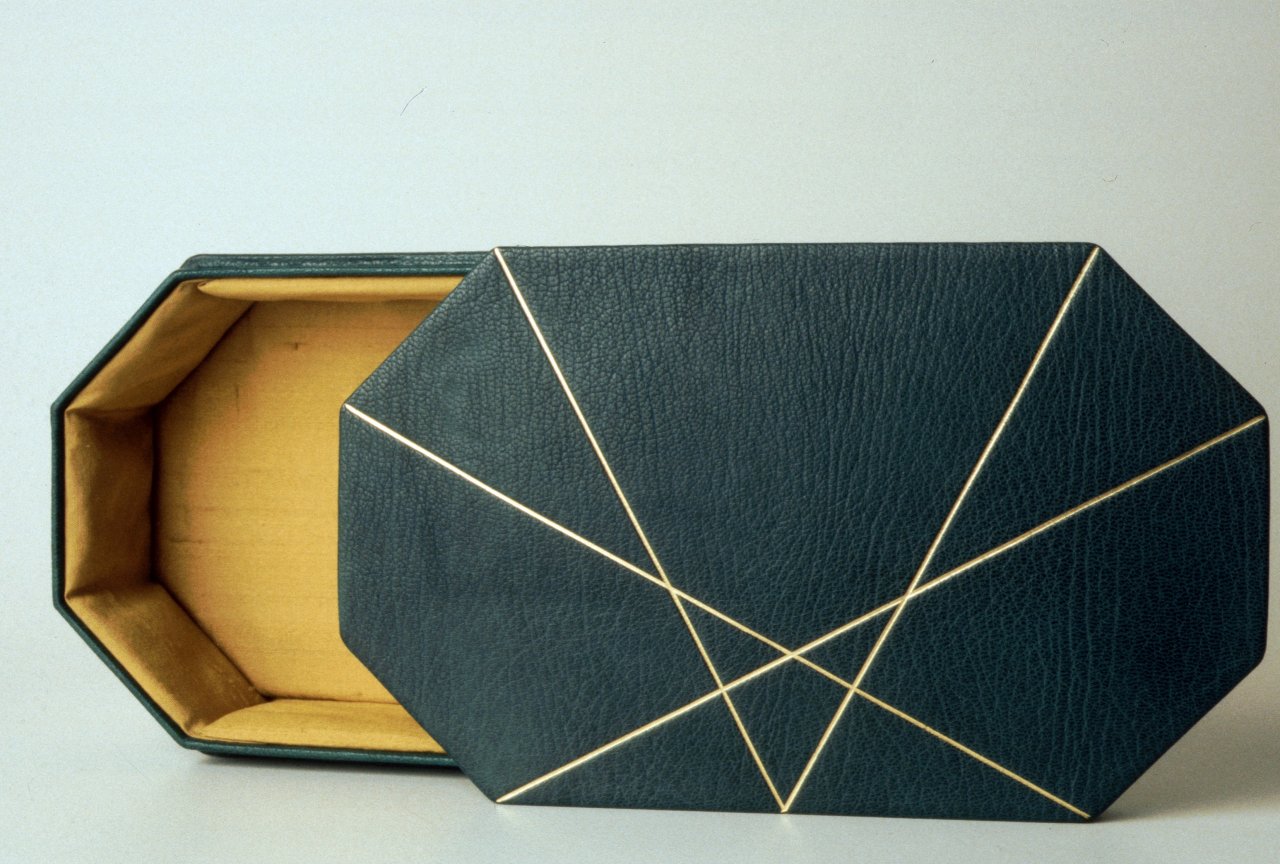

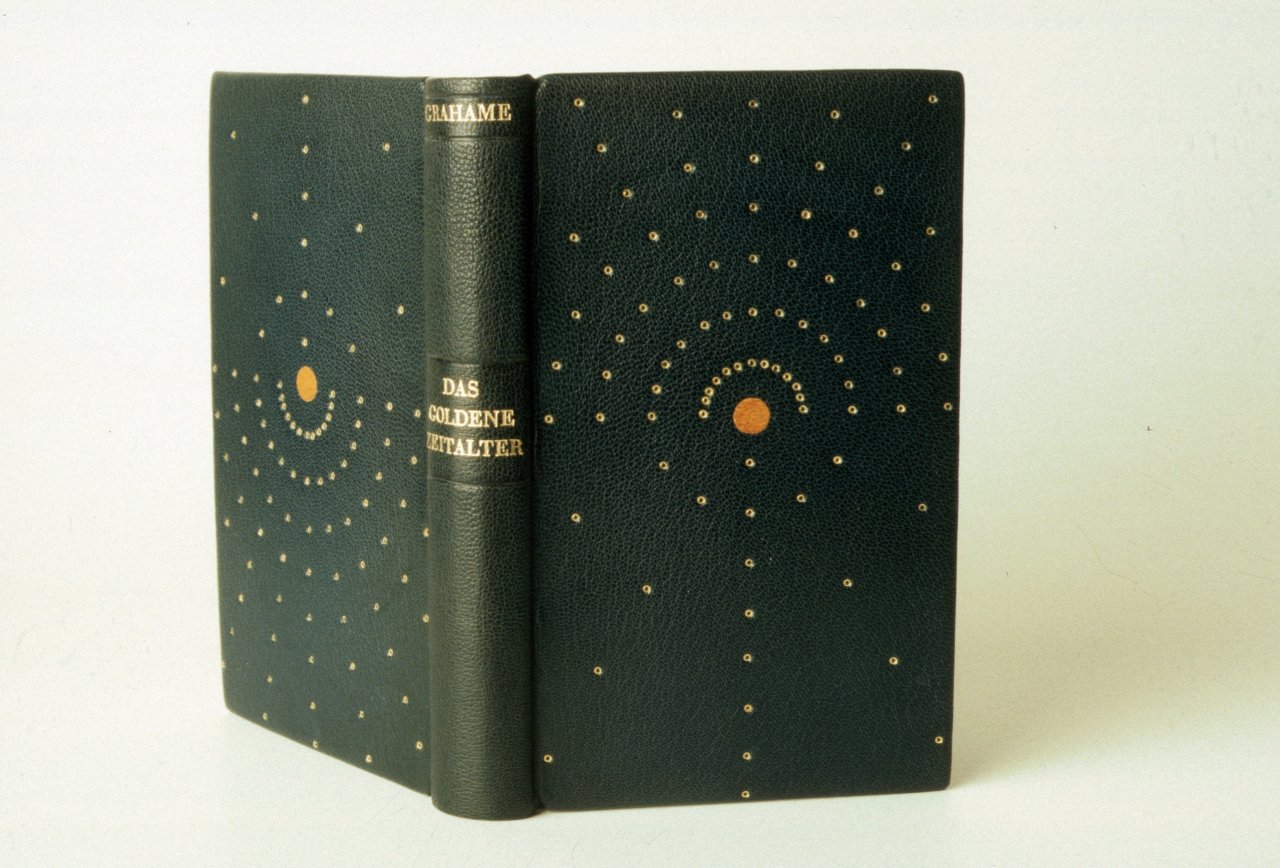
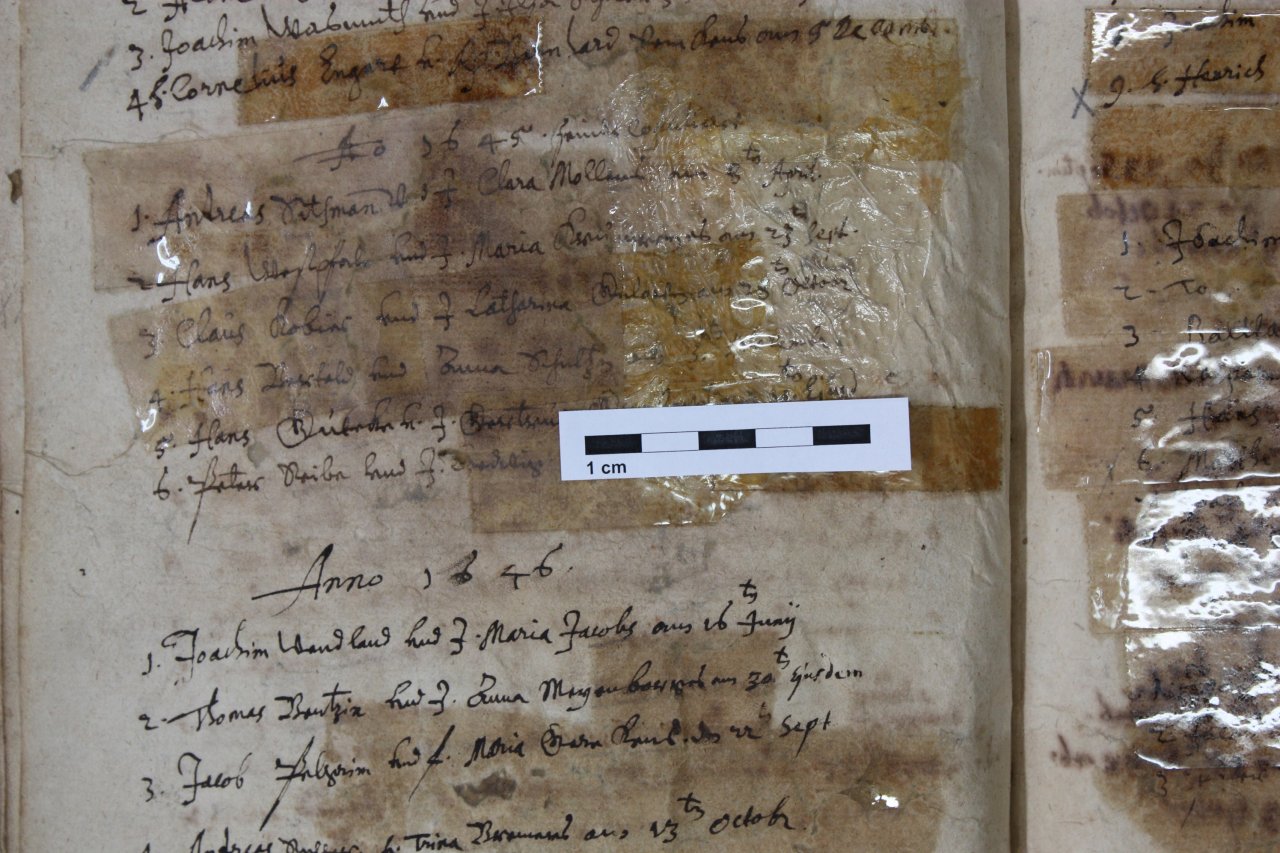
Book block finishing
All books need to be designed. The book block can be finished with a gold or colour edges. Today, digital printing enables a versatile implementation. One of the tasks of bookbinding is also this part of book production: For example, book exteriors can be finished with hot foil embossing, designed or die-cut covers or reliefs. The craftsmen also produce and restore wooden covers. This requires special knowledge of thread stitching with real frets, woodworking, and a thorough knowledge of leather types and parchment.
The relevant skills and knowledge are passed on to apprentices through dual training. Despite of different challenges and risks that also arose with the digitalisation, bookbinding is still vivid. It contributes to the preservation of old books and archive material.



